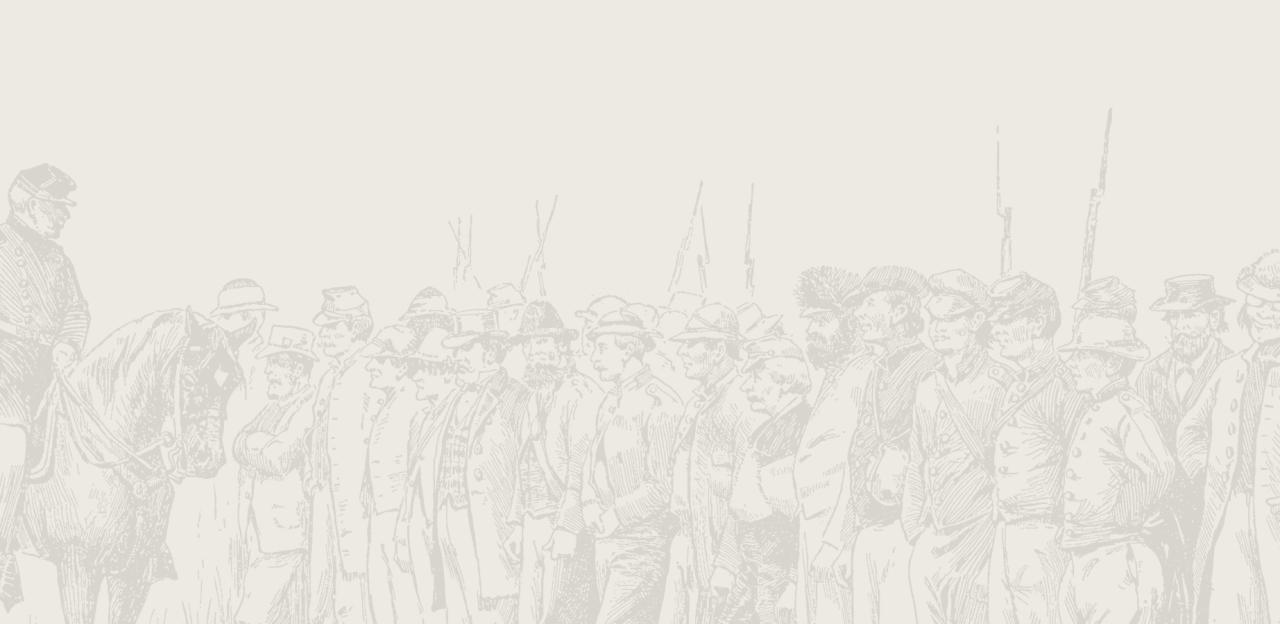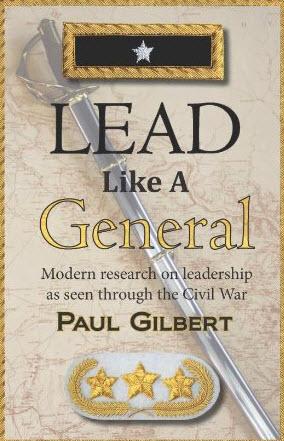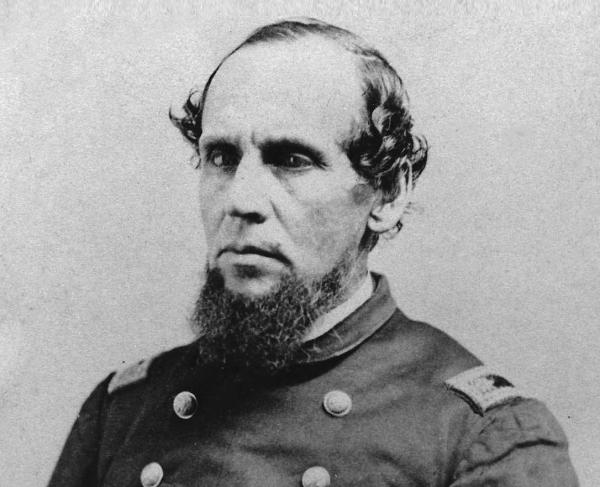Book: Lead Like a General

The Civil War Trust recently had the opportunity to sit down with Paul Gilbert, Executive Director of the Northern Virginia Regional Parks Authority. Mr. Gilbert has recently published a new book entitled Lead Like a General, A must read for those interested in developing their leadership abilities, as well as those looking for new insights into some of the leaders, both north and south, from the Civil War period.

Civil War Trust: What motivated you to write this book?
Paul Gilbert: Just after I had taken a leadership class at the Wharton School of Business, I was doing research about Aldie Mill, one of our parks, and stumbled upon the memories of John Mosby. I was struck by how his approach to leadership fit so well with what I had been learning in the business school class. That when it came to me, that for every theory of leadership this is most likely a real life example from the Civil War.
How can the perspectives and leadership skills of each general add to our understanding of the Civil War?
PG: The decision of the leaders during the Civil War had a profound effect on the outcomes. To understand a little about who these people were and how they made decisions can help us understand the outcomes better.
How have you applied the skills described in "Lead like a General" to your work with the Northern Virginia Regional Park Authority?
PG: There are so many lessons to be learned and applied. We are trying to do a better job of training and cross-functional teams like John Gibbon did with the Iron Brigade; we are trying to be innovative in what we do like John Mosby did; we are trying to motivate people by focusing on a higher mission as Lincoln did; and we are trying to be decisive in our actions as J.E.B. Stuart demonstrated. If we can do these things we will be a better organization and achieve far more than if we had not learned these lessons.
You focus each chapter on a specific leader during the war and draw conclusions about specific leadership skills. What aspect of leadership did you find most intriguing?
PG: Staying positive and looking for opportunities vs. obstacles is perhaps the most important lesson. McClellan did not succeed because he was too fixated on the obstacles. Both Lee and Grant were able to be successful because they put their focus to where there were opportunities and did not fixate on the problems.
In one of your chapters, you talk about the victimization of Charles Stone after the Union defeat at Balls Bluff. How do you think this attitude taken by the Federal Government affected the leadership of Union Officers?
PG: The scape goating of Charles Stone had a profound impact on the whole command structure of the Union Army. The all saw that if you took initiative and failed you would be unjustly punished. Seeing that example it took a long time before the Union had commanders that were willing to take changes. My guess is that this lengthened the war considerably. This story of Charles Stone is not known by many.
Have you found that preserved battlefields helped in understanding leadership? Could this work have been possible if these places were lost?
PG: The work of preserving battlefields is far more important than just land conservation. It is really about understanding and learning from our past. There are battlefields that are lost to development and people can still read about them, but it is not the same as being able to walk that hallowed ground and learn firsthand what took place there. There is a reason why places like Gettysburg are filled with classes all the time. They are unique classrooms that help us learn about events, leadership qualities and decision making for those that came before us.
Buy the Book: "Lead Like a General" is available from our Civil War Trust-Amazon Bookstore


